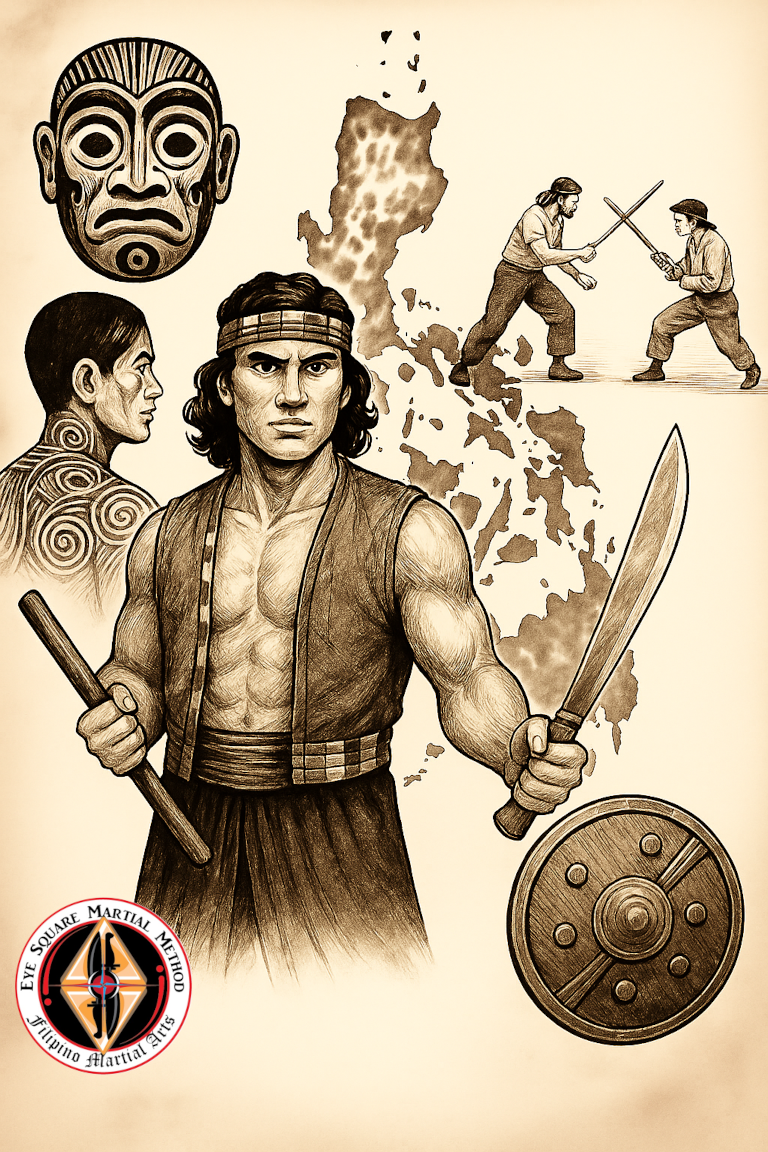When people think about martial arts, they usually imagine kung fu masters leaping off rooftops or UFC fighters trading elbows in a cage. But tucked away in the tropical mess of jungles, islands, and traffic jams we call the Philippines is something just as badass—if not more: Arnis, Eskrima, and Kali.
These aren’t just some old-school ways to swing a stick around. They’re survival systems. They’re family legacies. They’re the “hold my bolo and watch this” moments passed down from generation to generation. More than that, they’re cultural time capsules—full of grit, improvisation, and a deep refusal to stay conquered.
See, looking at Philippine history through the lens of its martial arts isn’t just about techniques or training drills. It’s about how people adapted to hundreds of years of colonizers trying to kill their culture—and still found a way to hit back. Sometimes literally.
When the Spanish said “No weapons allowed,” Filipinos said, “Cool, we’ll just dance with them instead.” When the Americans brought boxing and baseball, the old arts went underground but never disappeared. These arts lived in fiestas, in rituals, in little moments where someone would casually flip a stick around and say, “Yeah, I used to train a bit.”
This series is going to walk through Philippine history with an eye for the fighters—tribal warriors, resistance leaders, backyard masters, and everyone in between. We’ll talk about why people fought, how they fought, and what they passed down. This isn’t just for the historians. This is for anyone who’s ever taken a shot to the knuckles during a sinawali drill and smiled through the pain.
So if you train in Filipino martial arts—or you’re just curious where this whole stick-twirling madness came from—strap in. This is the story of the Philippines, told through its fighters. It’s a little bit blood, a little bit blade, and a whole lot of spirit.
Let’s get started.


Leave a Reply